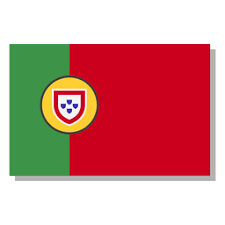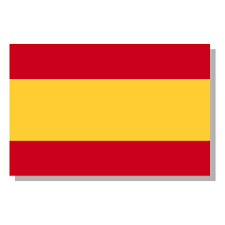Identificador persistente para citar o vincular este elemento:
http://hdl.handle.net/10662/20917
| Títulos: | Aproximación pedagógica al Colegio Menor de San Pelayo de la Universidad de Salamanca |
| Otros títulos: | Pedagogical approach to Colegio Menor de San Pelayo of the University of Salamanca |
| Autores/as: | Martín Sánchez, Miguel Á., 1978- García Perales, Nuria |
| Palabras clave: | Colegio Menor;San Pelayo;Universidad de Salamanca;College;University of Salamanca |
| Fecha de publicación: | 2014 |
| Editor/a: | FahrenHouse Ediciones |
| Resumen: | En la Universidad de Salamanca del siglo XVI existía todo un entramado de colegios que fundamentaban su existencia en formar a un selecto grupo de estudiantes y proveer a la Corona y la Iglesia de hombres bien formados espiritual e intelectualmente. Abordamos en este estudio una aproximación a la pedagogía del Colegio Menor de San Pelayo de Salamanca. Las Constituciones y Ceremonias impresas en 1637 son la fuente de la que extraemos la pedagogía de esta institución educativa nacida en el siglo XVI. Este corpus legislativo está impregnado de toda una declaración de intenciones y objetivos pedagógicos que los colegiales debían cumplir en aras de su formación intelectual y religiosa. Horarios, jerarquía, régimen de vida, moralidad y espiritualidad, todo estaba regulado para la correcta vida en
comunidad y el adiestramiento de una clase social destinada a ocupar las más altas dignidades administrativas y eclesiásticas del Antiguo Régimen. There was a whole network of schools in the University of Salamanca in the 16th century based their existence on training a select group of students and provide the Crown and the Church of men well formed spiritually and intellectually. We address in this study an approach to pedagogy Colegio Menor San Pelayo de Salamanca. The Constitutions and Ceremonies printed in 1637 are the source from which we draw the pedagogy of this educational institution born in the 16th century. This body of law is steeped in a declaration of intentions and pedagogical objectives that schoolchildren had to meet for the sake of his intellectual and religious. Timetables, hierarchy, rules of life, morality and spirituality, everything was regulated for proper community life and training of a class intended to occupy the highest administrative and ecclesiastical dignities in the Modern Age. |
| URI: | http://hdl.handle.net/10662/20917 |
| ISSN: | 1698-7799 |
| Colección: | DCEDU - Artículos |
Archivos
| Archivo | Descripción | Tamaño | Formato | |
|---|---|---|---|---|
| 1698-7802_91-108.pdf | 278,84 kB | Adobe PDF | Descargar |
Este elemento está sujeto a una licencia Licencia Creative Commons





